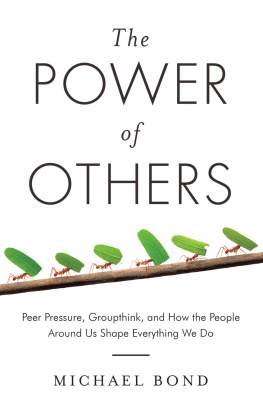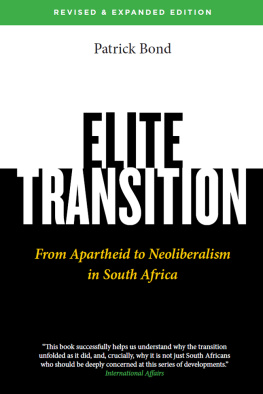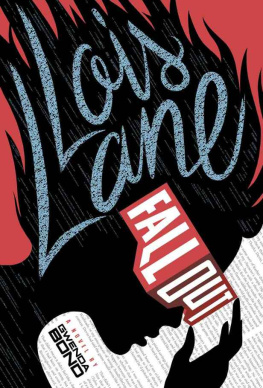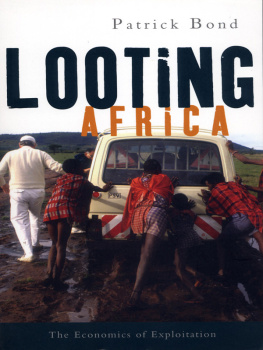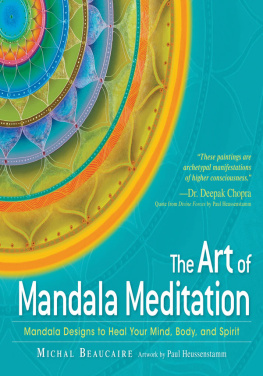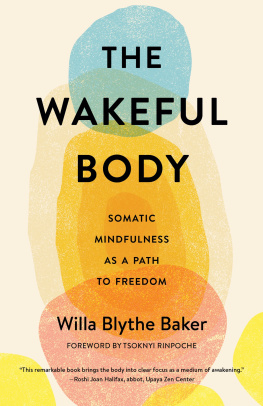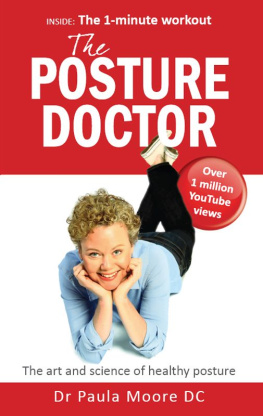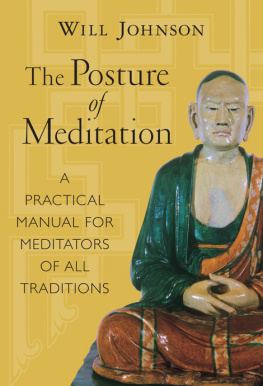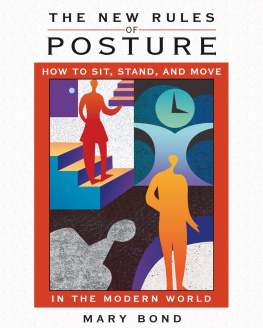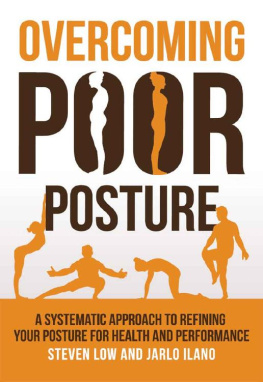Copyright 2018 by Mary Bond
All rights reserved. No part of this publication may be reproduced, stored in a retrieval system, or transmitted, in any form or by any means, electronic, mechanical, photocopying, recording, or otherwise, without the prior written permission of the author.
Note to the reader: This book is intended as an informational guide. Neither the publisher nor the author is engaged in rendering professional advice or services to the individual reader. The ideas, procedures, and suggestions contained in this book are not intended as a substitute for consulting with your doctor. All matters regarding your health require medical supervision. Neither the author nor the publisher shall be liable or responsible for any loss or damage allegedly arising from any information or suggestions in this book.
Do not listen to the associated audio files while operating your car or other machinery.
The author allows individual owners of her book to use the audio and video referred to in it for personal, non-commercial use. Author does not hereby authorize an institutional owner of this book to use such audios or videos for commercial purposes. To request such authorization, the institution should send an inquiry to Mary Bond at .
Library of Congress Cataloging-in-Publication Data
Bond, Mary, 1942
Your body mandala : posture as a path to presence / Mary Bond
Includes bibliographical references and index.
LCCN: 2017961136 1. Posture. 2. Rolfing. 3. Health & Fitness.
ISBN-13: 978-1-54561-059-6 (print)
ISBN-13: 978-1-54562-557-6 (ebook)
Art Direction and Cover Design by Harmony Ellington
Design by Jason Adam (jasonadam.co )
Illustrations by Anne Heart, Joanna Skumanich, David Santa Maria and Harmony Ellington
Digital edition published by New Posture Workshops
Explorations and Practices
Part I: Orienting
Chapter 2. Grounding Your Experience
Chapter 3. Sensing Space
Chapter 4. Moving in Space
Chapter 5. Exercise for Interoception
Chapter 6. Healthy Breathing
Chapter 7. Embodying Structure
Chapter 8. Sentient Foundations
Chapter 9. Your Spine is not a Column
Chapter 10. Tensegrity Tower
Chapter 11. The Lid on Your Spine
Chapter 12: Embodying Tensegrity in Motion
Chapter 12: Embodying Tensegrity in Stillness
Chapter 14. Everyday Embodiment
Foreword
By Thomas Myers
Mary Bond is the genuine article. In the world of bodywork, a young science with a high turnover rate of facts, there are always fads arising and then fading, each of which contain a grain of truth, but lack sufficient coherence to endure.
The book you are holding is not part of a fad. It is deep, persuasive, well grounded, and poeticnot in the sense of being fanciful, but in the sense of resonance with the many levels on which a real life is lived.
In terms of our bodies, there are two trends afloat in the world today. On the one hand, advertising, convenience, and an increasingly automated society have produced an inactivity crisis that has increasingly separated humans from their felt sense, their kinesthetic awareness.
The poet Juvenal coined mens sana in corpore sano a healthy mind needs a healthy bodyback in the Roman times, but it applies today in spades. Too many of our children graduate high school knowing more about social media than they know about the most intimate and proximate tool they will ever havetheir miraculous bodies. This leads to a loss not only of physical health and abilities, but also mental alertness and intuitive skills. Not to mention lost days at work from avoidable injuries.
The opposing trend is the re-vivification of the body through movement, integrative manual therapy, and awareness practice. This trend is developing quickly, but still involves only a small percentage of the population. When I was young, yoga was unheard of; now a wide variety of yoga styles are available in every town, nearly on every corner. Likewise the advances in personal training, Pilates, Feldenkrais, dance, and a hundred other somatic practices.
Any movement is better than no movement, but better still is an inclusive movement program that runsas this book doesfrom stillness (that is a movement, too) to vigorous exercise, with special attention to the daily diet of movementwalking, reaching, sitting, and liftingthat occupy most of us for most of the time.
That is what you will find here. Marys diverse and extensive experience allows her to navigate the complex topography of kinesthetic experience with a deft confidence. Neither the philosophy, insights, or exercises in this book will be replaced next year with some bright new thingthis book will stand the test of time.
Coupled with the electronic supplemental material that she has prepared, Marys new and long-awaited book, like a mandala, stretches out with applications in all the directions of your inner compass from the mundane to the extraordinary.
Your body is part of your spiritual life, as well as your biomechanical and bio-emotional life. Occupying Your Body is just as important (and more readily available) as occupying Wall Street. Fully inhabiting your body is a political and environmental act, not just a self-help health project.
Mary Bonds practices are practical and expansive, specific and inclusive, well founded in biology, and yet touching the feeling sides where we all live. Awareness determines the quality of life, and Mary is a master facilitator of awareness.
Read the bookit is a joybut more importantly, take on the practices Mary puts forward here.
Thomas Myers, author of Anatomy Trains
Clarks Cove, Maine
April 2017
Preface
It has been my experience that people who understand and respect their bodies tend to have an open and compassionate perspective on life. My mission, as a writer, teacher, and Rolfing Structural Integration practitioner is to help people further that understanding and respect. I believe that becoming more attuned to our body awareness affects the choices we make in relation to ourselves, to our fellow human beings, to our environment, and to our planet. My mission, then, is to contribute to humanitys deeper embodiment.
This book shares harvest from my nearly fifty years involvement in various mind-body pursuits. It contains techniques, exercises, and ways of experiencing my body that Ive learned from others or have developed myself, that I teach to clients and students, and that I practice for my own benefit. Its my hope that these gleanings will benefit you as wellthat they will help you fend off suggestions that your body is merely decorative or only a vehicle for your mind.
Conscious embodiment helps us become more perceptive beings. Your Body Mandala expresses my somatic philosophymy belief that our bodies are the means for understanding the fundamental nature of existence. I see this philosophy as a way to help save our planet.
I hope that it will not take as long for you as it did for me to inhabit the glory of your body.
Introduction
Embodiment as a Practice
Ive been a student of the human body ever since putting on my ballet shoes at age six. In the beginning my interest was driven by aesthetics, by the wish to perform well and to appear attractive. Twenty years later, this interest led me to become a practitioner of Structural Integration, a form of bodywork developed by Ida P. Rolf, PhD that is dedicated to restoring the bodys optimal posture and movement. As a bodyworker, I applied the knowledge Id sought for my own benefit to help other people improve their postures and reduce posture-related pain.



